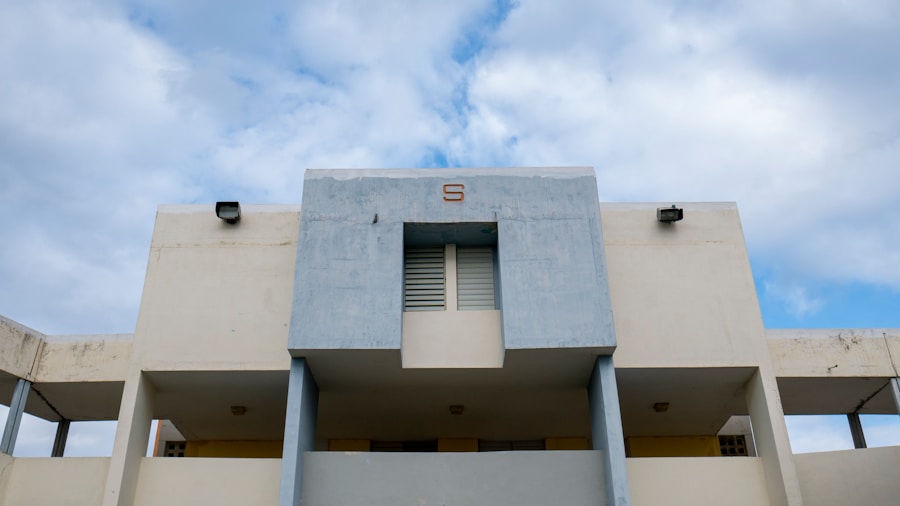Download links
How to install Sipa: The Traditional Filipino Game Making a Comeback APK?
1. Tap the downloaded Sipa: The Traditional Filipino Game Making a Comeback APK file.
2. Touch install.
3. Follow the steps on the screen.
Description
Sipa, a traditional Filipino sport, has roots that trace back to the pre-colonial era, making it one of the oldest games in the archipelago.
Historical accounts suggest that Sipa was not merely a pastime; it served as a means of honing physical skills and fostering community ties.
The name “Sipa” itself is derived from the Filipino word for “to kick,” which aptly describes the primary action involved in the game. The sport gained prominence during the Spanish colonial period, where it was played in various forms across different regions. It was often played in open spaces, with players using their feet to keep a rattan ball or a similar object airborne.
The game was not only a source of entertainment but also a way for communities to come together, showcasing their agility and coordination. As the Philippines underwent various cultural influences, Sipa evolved, incorporating elements from other games and adapting to the changing social landscape. By the time the American colonial period arrived in the early 20th century, Sipa had already established itself as a beloved national pastime, often played in schools and local communities.
Key Takeaways
- Sipa has a long history in the Philippines, dating back to pre-colonial times.
- The decline of Sipa was due to the introduction of Western sports, but it has experienced a revival in recent years.
- Sipa is played by using a rattan ball and players use their feet, knees, and other body parts to keep the ball in the air.
- Playing Sipa can improve physical fitness, hand-eye coordination, and concentration.
- In modern times, Sipa is gaining popularity as a cultural and recreational activity, and efforts are being made to promote it in the Philippines and beyond.
The Decline of Sipa and its Revival
Despite its rich history and cultural significance, Sipa faced a decline in popularity during the latter half of the 20th century. The rise of modern sports, particularly basketball and volleyball, overshadowed traditional games like Sipa. Urbanization and changing lifestyles contributed to this decline, as children increasingly gravitated towards organized sports that offered structured environments and competitive opportunities.
The lack of formal recognition and support from educational institutions further exacerbated the situation, leading to a gradual fading of Sipa from the public consciousness. However, in recent years, there has been a concerted effort to revive Sipa and restore its place in Filipino culture. Various organizations and local government units have initiated programs aimed at promoting traditional sports among the youth.
Schools have begun to incorporate Sipa into their physical education curricula, recognizing its value not only as a sport but also as a means of cultural preservation. Community events and festivals often feature Sipa competitions, drawing attention to its historical significance and encouraging participation among younger generations. This revival is not merely about reintroducing a game; it is about reconnecting with cultural heritage and instilling pride in Filipino identity.
How Sipa is Played

Sipa is typically played with a rattan ball or a similar object, which players must keep in the air using their feet. The game can be played individually or in teams, with variations depending on the number of players and the specific rules adopted. In its most basic form, players take turns kicking the ball into the air while attempting to prevent it from touching the ground.
The objective is to maintain control of the ball for as long as possible, showcasing skill and agility. The playing area for Sipa can vary widely; it can be played on a flat surface such as a street, a park, or even a gymnasium. In traditional settings, players often draw a circle on the ground to define their playing area.
The game can be played informally among friends or competitively in organized tournaments. Players often employ various techniques to keep the ball airborne, including using different parts of their feet and body. Advanced players may even incorporate acrobatic moves or tricks to impress spectators and demonstrate their prowess.
The Benefits of Playing Sipa
| Benefits of Playing Sipa |
|---|
| Improves balance and coordination |
| Enhances focus and concentration |
| Promotes physical fitness |
| Develops agility and flexibility |
| Builds teamwork and social skills |
| Boosts mental and emotional well-being |
Engaging in Sipa offers numerous physical benefits that contribute to overall health and well-being. The game requires agility, coordination, and balance, making it an excellent form of cardiovascular exercise. Players develop strong leg muscles and improve their reflexes as they kick and maneuver around the ball.
Additionally, because Sipa can be played in various environments—whether on concrete or grass—it provides flexibility for players to engage in physical activity without needing specialized equipment or facilities. Beyond physical fitness, Sipa also fosters social interaction and teamwork. When played in groups, it encourages communication and collaboration among participants.
Players learn to strategize together, developing essential social skills that extend beyond the game itself. Furthermore, Sipa serves as a cultural bridge, connecting individuals from diverse backgrounds through shared experiences and traditions. This aspect is particularly important in a country like the Philippines, where regional differences abound; Sipa can unite people under a common cultural heritage.
Sipa in Modern Times
In contemporary society, Sipa has begun to reclaim its place within Filipino culture amidst the dominance of modern sports. Various initiatives have emerged to promote traditional games like Sipa as part of national identity and cultural pride. Schools are increasingly recognizing the importance of integrating traditional sports into their curricula, not only for physical education but also for cultural education.
This shift reflects a growing awareness of the need to preserve indigenous games that embody Filipino values and history. Moreover, social media has played a pivotal role in revitalizing interest in Sipa among younger generations. Videos showcasing impressive Sipa skills or community tournaments often go viral, inspiring others to participate or learn about the game.
Local organizations have also taken advantage of this trend by organizing events that celebrate traditional sports, drawing attention from both local communities and international audiences. These efforts highlight how Sipa is not just surviving but thriving in modern times, adapting to contemporary contexts while retaining its cultural essence.
Promoting Sipa in the Philippines and Beyond

To ensure that Sipa continues to flourish, concerted efforts are needed at various levels—from grassroots initiatives to national policies. Local governments can play a crucial role by organizing community events that celebrate traditional sports and provide platforms for competitions. Schools should be encouraged to include Sipa in their physical education programs, teaching students not only how to play but also its historical significance.
Collaborations with cultural organizations can further enhance these efforts by providing resources and expertise in promoting traditional games. On an international scale, promoting Sipa can serve as an avenue for cultural exchange and understanding. By participating in global sports festivals or cultural exhibitions, Filipino representatives can showcase Sipa alongside other traditional games from around the world.
This exposure not only raises awareness about Filipino culture but also invites dialogue about the importance of preserving indigenous sports globally. As more people become aware of Sipa’s unique qualities and rich history, there is potential for it to gain recognition beyond Philippine borders, fostering appreciation for traditional games worldwide. In conclusion, Sipa stands as a testament to Filipino culture’s resilience and adaptability.
Its journey from a traditional pastime to a modern sport reflects broader societal changes while emphasizing the importance of cultural heritage. Through ongoing efforts to promote and preserve Sipa, future generations can continue to enjoy this vibrant aspect of Filipino identity while contributing to its evolution in an ever-changing world.
If you’re interested in learning more about unique card games, you should check out the article 8k8 Chess: Permainan Catur di Kartu 2. This article delves into the world of card games and how they can be a fun and challenging way to pass the time. Whether you’re a beginner or a seasoned player, there’s always something new to learn and explore in the world of card games like Sipa.
FAQs
What is Sipa?
Sipa is a traditional Filipino game that involves kicking a small flat-bottomed shuttlecock with the goal of keeping it in the air using various parts of the body except for the hands.
How is Sipa played?
Sipa is played with a rattan ball or a flat-bottomed shuttlecock, which is kicked by the players using their feet, knees, thighs, or any other part of the body except for the hands. The goal is to keep the shuttlecock in the air for as long as possible.
What are the benefits of playing Sipa?
Playing Sipa can improve agility, coordination, and balance. It also promotes physical fitness and can be a fun way to socialize and engage in physical activity.
Is Sipa a popular game in the Philippines?
Yes, Sipa is a popular traditional game in the Philippines, especially among children. It is often played in schools, communities, and during festivals and gatherings.
Are there different variations of Sipa?
Yes, there are different variations of Sipa played in different regions of the Philippines. Some variations involve using a larger ball or shuttlecock, while others may have different rules or scoring systems.





